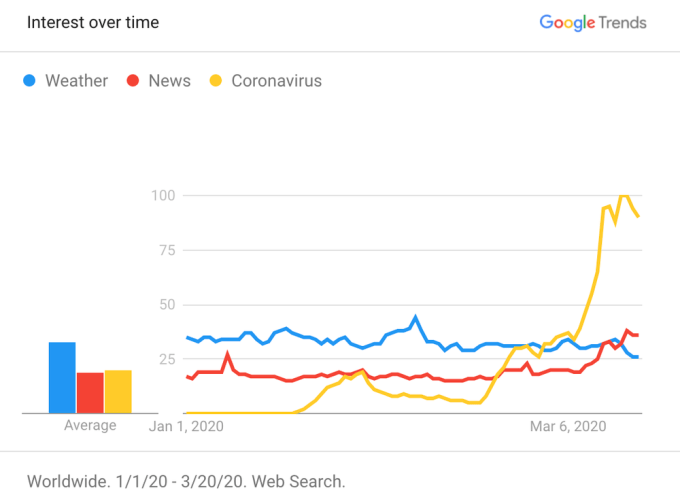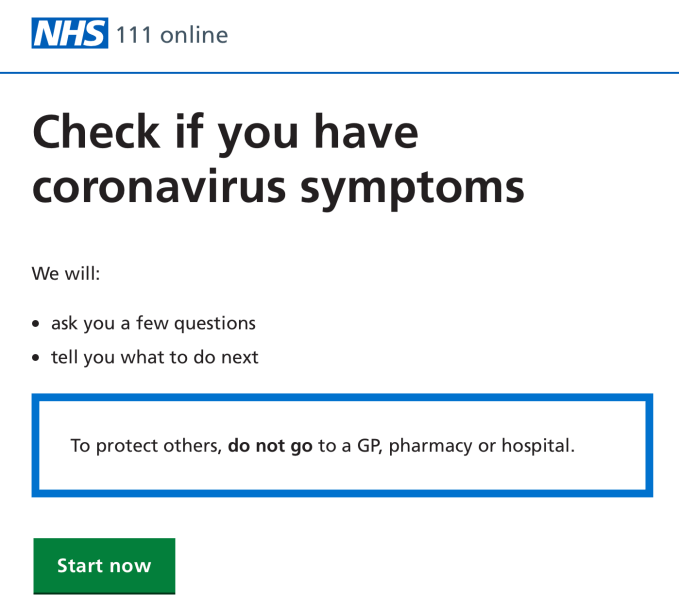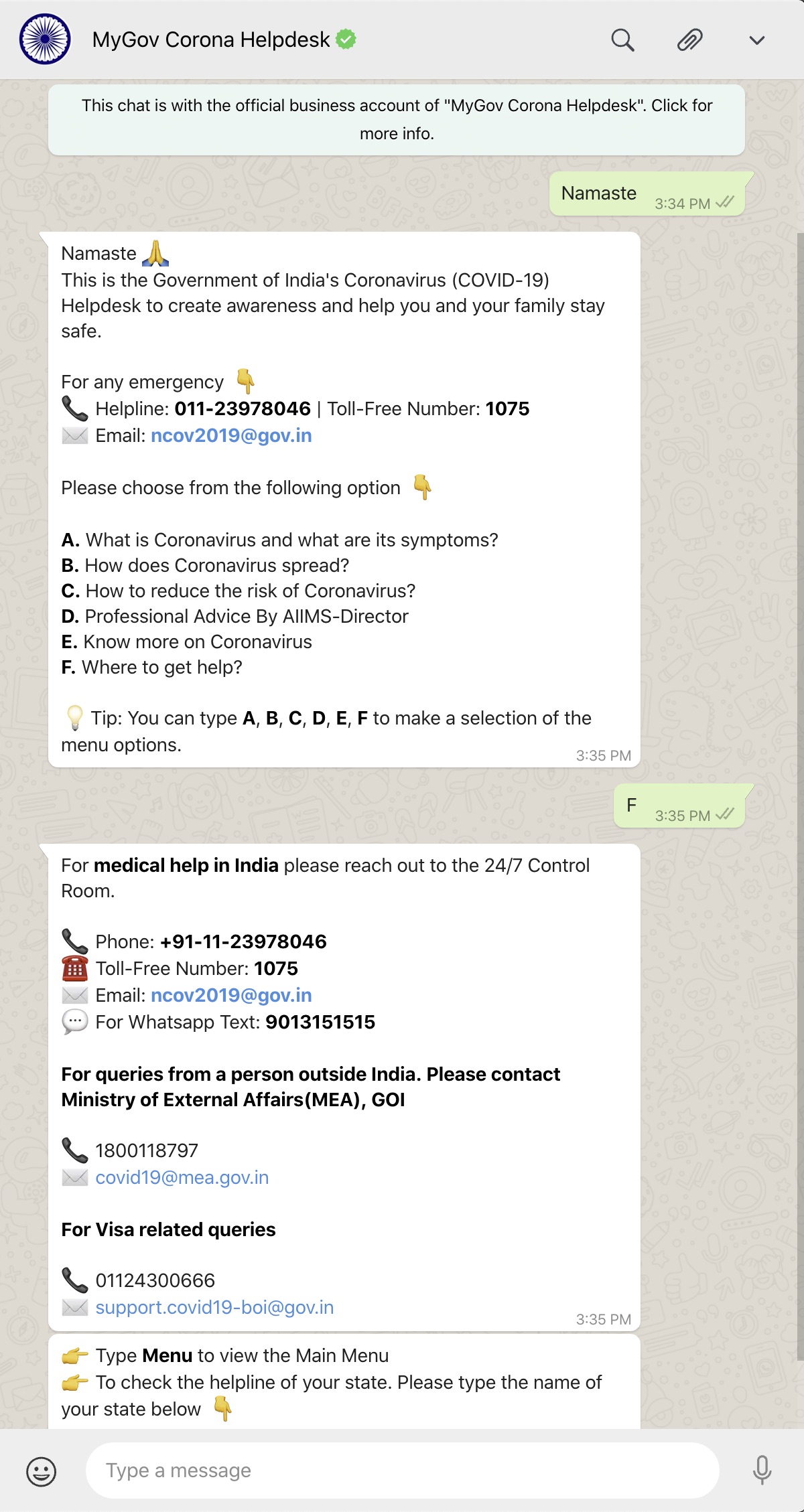The restaurant industry might look a lot different once we come out of this pandemic. As social distancing and lockdowns ripple across the nation in an attempt to fight COVID-19, some restaurants won’t be able to handle the lack of income and might tip into bankruptcy. Some might never reopen again. Earlier today, New York Governor Andrew Cuomo implemented a 90-day moratorium, or temporary prohibition, on evictions for residents and businesses such as restaurants.
Ayr Muir, the owner of Clover, a chain of veggie-friendly fast food joints, filed for unemployment recently. Clover is on hiatus, but it is working to connect its farmers and suppliers directly to customers to help them stay afloat.
“It’s easy to say ‘there’s unemployment benefits’ or ‘there are SBA loans,’ but when you get down to the details it’s a lot more nuanced,” Muir said. “I have staff who are scared to apply for government benefits, some fear it will impact their legal status, like if you’re here on a student visa. And the process can be really confusing.”
He added: “I filled out my own unemployment application the other day… and I’m really not sure I did it correctly. This just adds to the feeling of uncertainty and stress.”
Entrepreneurs from all over the country are trying to unlock different ways to help vulnerable local restaurants buy themselves some time. It’s often in the form of buying gift cards from your neighborhood favorite. The trend, much like other ways big tech is helping others out during this pandemic through free promos or access to services, can be looked at in two ways. First, it’s a way to make this transition less stressful. Second, and perhaps more cynically thanks to capitalism, offering free services is a way to pipeline eventual customers down the road.
Let’s focus on the former, because it is Friday, I miss writing about good news, and these efforts deserve a fist bump for being a net positive for local shops.
Started by Kaitlyn Krieger and her husband, Mike Krieger, the co-founder of Instagram, SaveOurFaves wants to help Bay Area residents buy gift cards for nearby restaurants. You can divide by neighborhood and region, like San Francisco, East Bay, Marin or South Bay, and pick a local business.
For what it’s worth, some San Francisco restaurants have already temporarily closed, even though they could stay open and sell take out. La Taqueria, one of the city’s most famous burrito spots, is one high-profile example.
On the site, the duo notes that restaurants have tons of fixed costs, like rent, labor, loan repayments, insurance, supplies, repairs — the list goes on. Even “successful restaurants have razor thin margins of 3-5%, and a third have struggled to pay employees at least once.”
Lunchbox, Eniac Ventures and a huge group of volunteers started a website so residents around the country could buy gift cards for their favorite businesses. The goal is to help local businesses recover lost revenue, and businesses range from Abettor Brewing Company in Winchester, Ky. to 45 Surfside in Nantucket, Mass. We wrote about it when it launched a couple days ago, and Eniac’s Nihal Mehta said there will be a Patreon-of-sorts option coming soon.
Open Table, a company that lets you book reservations at restaurants, has a feature that lets users buy gift cards from restaurants.
Toast, a Boston-based unicorn startup, created Rally for Restaurants to help people buy gift cards for businesses and challenge their friends to do the same. This covers restaurants across the nation.
This service does the same as the sites above, with more pickings from San Francisco and Austin than other cities.
Help Your Hood is another marketplace for people to visit and buy gift cards. On the website, it notes that if you don’t already have a gift card system set up in your business, the Gift Up App has agreed to waive their fees for the first $5,000 in vouchers for each business that comes through Help Your Hood.
Arteen Arabshahi, an investor at WndrCo, created a Google doc form so restaurants could sign up to be featured on these services in one fell swoop.
I worked at a local coffee shop during my last year of college right down the street from a Starbucks, Dunkin’ Donuts and a Caffe Nero. The owners lived a five-minute walk, one-minute sprint away. The cook, Brandon, came in at 4 a.m. to make fresh cranberry scones. If you brought a crying baby in, Ali, the old owner, couldn’t resist giving you kind eyes and a fresh espresso brownie for free. And one customer came in every morning to grab four coffees to go, and came back every afternoon to return the tray so we could reuse it tomorrow.
That coffee shop is closed indefinitely, and like many restaurants, it is donating its inventory to people who might need it. The charm can’t be remanufactured, and I hope it opens again soon.
I’ll end with a note from Clover’s Muir. He said that gift cards are a “nice expression of good will but they’re not going to halt the giant wave that threatens to wipe out restaurants everywhere.”
So, let’s start small and give back. And then let’s hope that we see more government officials show up to help restaurants more massively.







 To say we are grateful to our community would be an understatement. We know times are tough, but remember to support small businesses if you are able!
To say we are grateful to our community would be an understatement. We know times are tough, but remember to support small businesses if you are able!  Stay safe, support each other & those in need. We can’t wait to be back with you.
Stay safe, support each other & those in need. We can’t wait to be back with you.